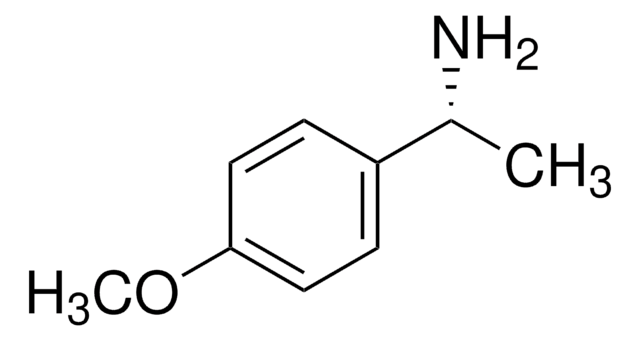おすすめの製品
product name
ポリ(エチレングリコール)メチルエーテルチオール, average Mn 6,000
形状
solid
分子量
average Mn 6,000
反応適合性
reagent type: chemical modification reagent
reactivity: thiol reactive
mp
56-61 °C
Mw/Mn
≤1.2
Ω末端
thiol
α末端
methoxy
ポリマー構造
shape: linear
functionality: monofunctional
輸送温度
dry ice
保管温度
−20°C
類似した製品をお探しですか? 訪問 製品比較ガイド
詳細
アプリケーション
シグナルワード
Warning
危険有害性情報
危険有害性の分類
Eye Irrit. 2 - Skin Irrit. 2 - STOT SE 3
ターゲットの組織
Respiratory system
保管分類コード
11 - Combustible Solids
WGK
WGK 3
引火点(°F)
Not applicable
引火点(℃)
Not applicable
適用法令
試験研究用途を考慮した関連法令を主に挙げております。化学物質以外については、一部の情報のみ提供しています。 製品を安全かつ合法的に使用することは、使用者の義務です。最新情報により修正される場合があります。WEBの反映には時間を要することがあるため、適宜SDSをご参照ください。
Jan Code
729159-VAR:
729159-BULK:
729159-5G:
729159-1G:
試験成績書(COA)
製品のロット番号・バッチ番号を入力して、試験成績書(COA) を検索できます。ロット番号・バッチ番号は、製品ラベルに「Lot」または「Batch」に続いて記載されています。
この製品を見ている人はこちらもチェック
資料
Progress in biotechnology fields such as tissue engineering and drug delivery is accompanied by an increasing demand for diverse functional biomaterials. One class of biomaterials that has been the subject of intense research interest is hydrogels, because they closely mimic the natural environment of cells, both chemically and physically and therefore can be used as support to grow cells. This article specifically discusses poly(ethylene glycol) (PEG) hydrogels, which are good for biological applications because they do not generally elicit an immune response. PEGs offer a readily available, easy to modify polymer for widespread use in hydrogel fabrication, including 2D and 3D scaffold for tissue culture. The degradable linkages also enable a variety of applications for release of therapeutic agents.
ポリエチレングリコールは入手が容易で、簡便に修飾が可能なポリマーであり、組織培養用2次元、3次元の足場をはじめとするヒドロゲルの作製に広く使われています。
クリックケミストリーは、非常に簡便で汎用性をもち、再生医療用途の複合材料足場を構築する上で生体直交性を示すことから、細胞培養および送達用の生体材料足場の分野に数々の技術改革をもたらしています。
Designing biomaterial scaffolds mimicking complex living tissue structures is crucial for tissue engineering and regenerative medicine advancements.
ライフサイエンス、有機合成、材料科学、クロマトグラフィー、分析など、あらゆる分野の研究に経験のあるメンバーがおります。.
製品に関するお問い合わせはこちら(テクニカルサービス)















